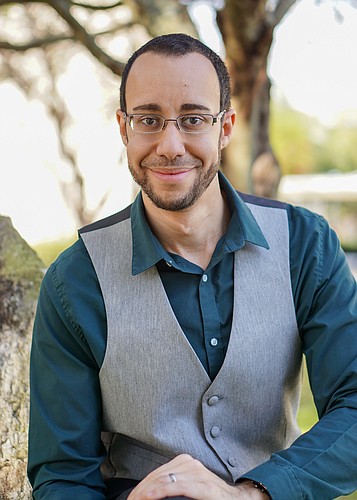- December 13, 2025
-
-
Loading

Loading

In normal times, the University of South Florida College of Engineering focuses on product design — not manufacturing. But during the COVID-19 pandemic, that has all changed. Now students and staff have been making face shields for medical personnel at Tampa General Hospital and USF Health.